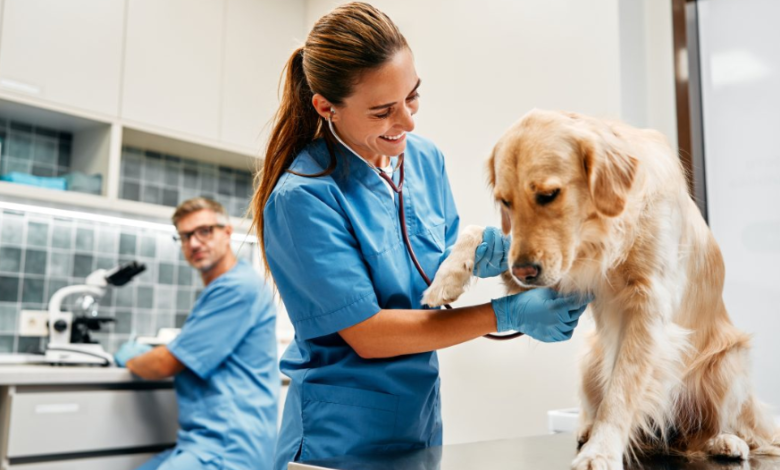Vet Surgery: Essential Care For Animal Health

Introduction To Vet Surgery
Vet surgery is a critical component of animal care, offering treatment options that go beyond basic medical care. This specialized field involves performing surgical procedures to diagnose, treat, and manage various health conditions in animals. From routine operations to emergency interventions, vet surgery plays an important role in maintaining the health and well-being of pets, farm animals, and wildlife.
Common Types Of Vet Surgery
Vet surgery covers a broad spectrum of procedures. Common surgeries include spaying and neutering, which help control animal populations and prevent certain diseases. Other frequent procedures involve tumor removals, wound repairs, orthopedic surgeries for broken bones, and dental surgeries. Each type of surgery requires specific skills and equipment to ensure successful outcomes.
Preparation For Vet Surgery
Successful vet surgery starts with thorough preparation. Veterinarians conduct detailed examinations and diagnostic tests such as blood work, x-rays, or ultrasounds to assess the animal’s condition. Preparing the animal for surgery also involves fasting, stabilizing any existing health issues, and discussing anesthesia plans to minimize risks.
Anesthesia And Pain Management
Administering anesthesia safely is a cornerstone of vet surgery. Veterinarians select anesthesia types based on the animal’s species, size, and health status. Pain management is equally important, involving pre- and post-operative medication to reduce discomfort and promote faster recovery.
The Surgical Procedure
During vet surgery, precision and hygiene vet surgery are paramount. The surgical team follows strict protocols to prevent infections and ensure the procedure goes smoothly. Whether it is a minor operation or a complex intervention, the surgical environment is designed to provide the best conditions for the animal’s safety.
Postoperative Care And Recovery
Postoperative care is crucial for healing after vet surgery. This stage includes monitoring the animal for signs of complications, providing medications, and offering supportive care like wound cleaning and restricted activity. Pet owners are usually advised on how to care for their animals during recovery to avoid setbacks.
See also: Pond Cleaning in London: Ensuring a Healthier and More Beautiful Water Garden
Advances In Vet Surgery Technology
Technological advances have revolutionized vet surgery. Innovations such as minimally invasive techniques, laser surgery, and advanced imaging tools allow veterinarians to perform surgeries with less trauma and faster recovery times. These technologies improve the precision of surgical interventions and enhance overall animal welfare.
Challenges In Vet Surgery
Vet surgery poses unique challenges, including handling different species with varied anatomies, managing emergencies, and dealing with anxious or aggressive animals. Veterinarians must combine technical skills with empathy and clear communication to ensure successful treatments and satisfied pet owners.
Importance Of Choosing Skilled Veterinary Professionals
Choosing a qualified veterinary professional for surgery is vital. Experienced surgeons bring the expertise to handle diverse cases and provide personalized care. Facilities equipped with modern surgical tools and proper sterilization practices also contribute to better outcomes in vet surgery.
Conclusion
Vet surgery remains an indispensable part of animal care, providing solutions for health issues that cannot be addressed by medication alone. With continuous advancements in techniques and technology, the field offers safer and more effective treatments. Understanding the process and importance of vet surgery helps animal owners make informed decisions, ensuring the best care for their pets and animals under their stewardship.



